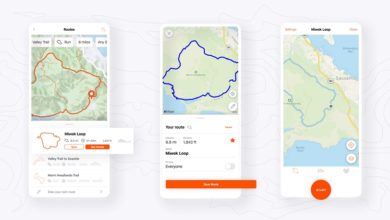7th Gen Intel® Core™ processors are coming
7th Gen Intel® Core™ processors, code named Kaby Lake are ready for mainstream use. Built on 14nm process technology, the Kaby Lake chips provide up to 12% faster productivity performance, 19% faster web performance when compared to 6th generation chips and are 70% faster than chips that were released 5 years ago. The biggest feature of the Kaby Lake chips is the emphasis on 4K content. When compared to a 5 year old PC, the new Kaby Lake based computers can create/edit/share 4K UHD and 360 degree clips up to 15 times faster. Devices powered by 7th Gen Intel® Core™ processors will start shipping from the month of September 2016. Given the timing of the announcement, there is a good chance that the upcoming Apple Macbooks will be powered by Kaby Lake chips.
7th Gen Intel® Core™ processors support 3rd generation PCIe, enabling data transfer rates of 8GT/s (5GT/s for PCIe 2.0). Intel Rapid Storage also got an update, supporting NVMe, PCIe x4 solid state drives and supports PCIe Gen 3. Thanks to lower power consumption and smaller size, Kaby Lake chips allow building super thin and super light devices. PCs powered by 7th Gen Intel® Core™ processors can be as thin as a smartphone.
Y-Series Processors based on Kaby Lake
- Intel Core i7-7Y75
- Dual core, 4 threads
- 1.30GHz – 3.60GHz
- 2 memory channels up to LPDDR3 1866MHz
-
$393 1ku pricing
- Intel Core i5-7Y54
- Dual core, 4 threads
- 1.20GHz – 3.20GHz
- 2 memory channels up to LPDDR3 1866MHz
-
$2811ku pricing
- Intel Core m3-7Y30
- Dual core, 4 threads
- 1GHz – 2.60GHz
- 2 memory channels up to LPDDR3 1866MHz
- $281 1ku pricing
U series Key Specification
- Core i7 7500U
- Dual core, 4 threads
- 2.7GHz – 3.50GHz
- 2 memory channels up to DDR4 2133MHz, DDR3 1600MHz
- $393 1ku pricing
- Core i5 7200U
- Dual core, 4 threads
- 2.5GHz – 3.10GHz
- 2 memory channels up to DDR4 2133MHz, DDR3 1600MHz
- $281 1ku pricing
- Core i3 7100U
- Dual core, 4 threads
- 2.4Ghz
- 2 memory channels up to DDR4 2133MHz, DDR3 1600MHz
- $281 1ku pricing
You can get more detail from the following PDF pages:




